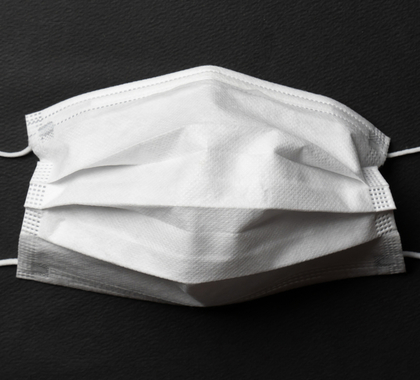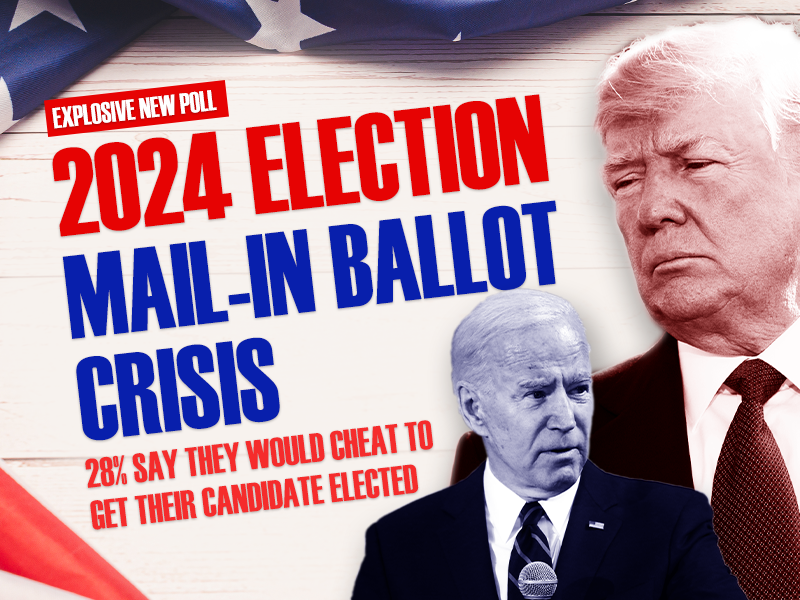After being rejected by three major journals, an RCT completed by 4,862 participants has been published in the Annals of Internal Medicine. The volunteers were adults spending more than 3 hours per day outside the home without occupational mask use. All were instructed to follow social-distancing and other public health measures, and those in the mask group were instructed to wear a mask when outside the home during the next month.
Infection with SARS-CoV-2 within one month occurred in 42 participants who were recommended to wear masks (1.8%) and 53 control participants (2.1%). The difference of 0.3% was not statistically significant (p = 0.38). Ordinarily, this would be described as a negative study.
“This should put an end to any Governor claiming that mask mandates are backed by science and data, but it won’t,” writes Kevin Roche of Roche Consulting.
“It should not be used as evidence to not wear a mask,” writes Leah Rosenbaum in Forbes.
Study authors note that results are compatible with a 46% reduction in COVID infection—which could translate into big numbers if you multiply the 0.3% absolute decrease by the total population. But results are also compatible with a 23% increase in infection. Adverse effects of masks are ignored.
Despite lack of evidence that public heath measures such as masks, lockdowns, and “social distancing” measures work, one can always say that they were insufficiently strict. But a study in Marine recruits, in which measures ere enforced with military rigor, showed that about 2% of recruits who at first tested negative became positive by day 14.
Gov. Tom Wolf is mandating use of masks at home when members of more than one household are present, and he hopes to keep COVID out of Pennsylvania by requiring negative tests or a 14-day quarantine of those entering the state. One might recall that frequent tests did not keep COVID out of the White House.
The double standard in evaluating studies of masks vs. studies of prophylaxis and early treatment is stunning. For example, in Indian medical workers, there was no significant difference in mask usage in the community between infected and uninfected workers, but hydroxychloroquine (HCQ) prophylaxis use reduced infection by a statistically significant 65% (from 18.4% to 6.4%, p = 0.021).
The probability that an ineffective treatment generated results as positive as the 143 studies to date of HCQ is estimated to be 1 in 96 billion (p = 0.00000000001).
Epidemic control measures might have some protective effect although they have obviously not stopped the spread (see graphics below.) Enforcing Marine Corps discipline will not work either. Instead, we urgently need early treatment with cheap, available measures. For more information:
Correlation does not prove cause and effect, but lack of correlation disproves it.
[Originally posted on Association of American Physicians and Surgeons (AAPS)]





